
A network of scientists across the globe have identified more than 700 plant genera named for women. This is a nearly 20-fold increase in the number of genera linked to women before the group started working on the list.

A network of scientists across the globe have identified more than 700 plant genera named for women. This is a nearly 20-fold increase in the number of genera linked to women before the group started working on the list.

A multidisciplinary approach has enabled researchers to quantitatively define the relative positioning and arrangement of the polymers in Populus wood and to create a computer model that details the findings. The research into solving this macromolecular puzzle may hold the key to efficiently disentangle and deconstruct biomass for conversion to fuels, chemicals, and materials.

Desiccation is typically fatal for plant vegetative tissues, but a small number of land plants have evolved vegetative desiccation tolerance (VDT), allowing them to dry without dying through a process called anhydrobiosis. Recently, a research group established a genome database, “Drying without Dying,” for desiccation-tolerant plants.
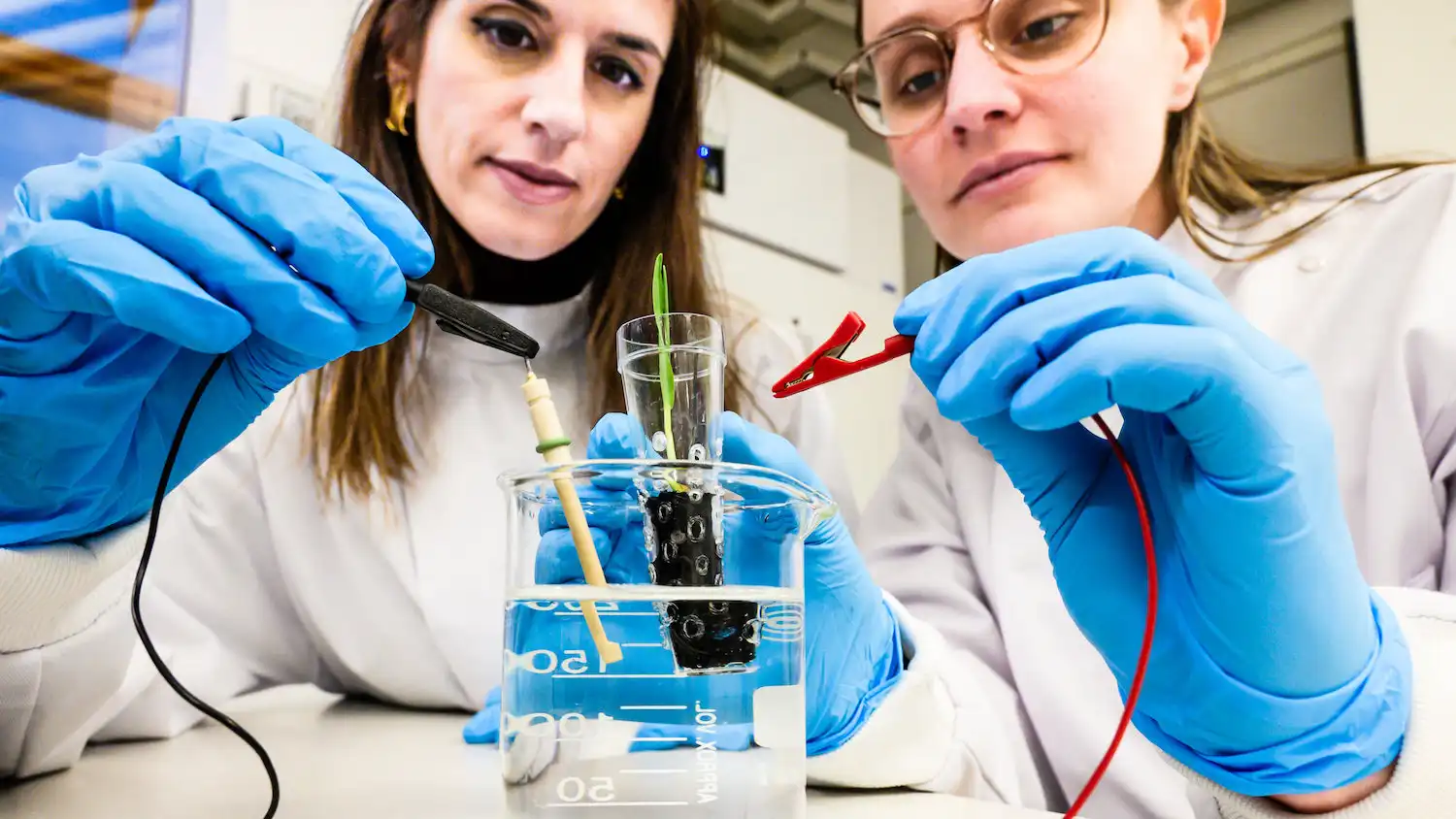
Barley seedlings grow on average 50% more when their root system is stimulated electrically through a new cultivation substrate. In a study researchers have developed an electrically conductive “soil” for soilless cultivation, known as hydroponics.
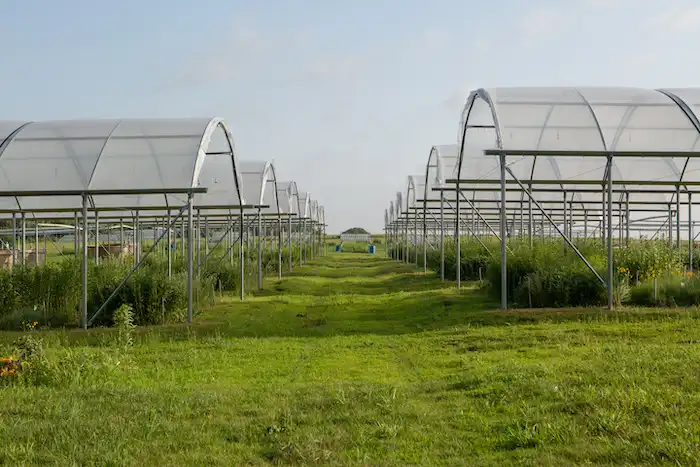
A study shows how a boost in agricultural yield comes from planting diverse crops rather than just one plant species: Soil pathogens harmful to plants have a harder time thriving.

Nature-based climate solutions, such as planting trees, won’t be anywhere near as big a part of the world’s solution to climate change as governments currently plan for, and relying on them is ‘risky’ according to a report.
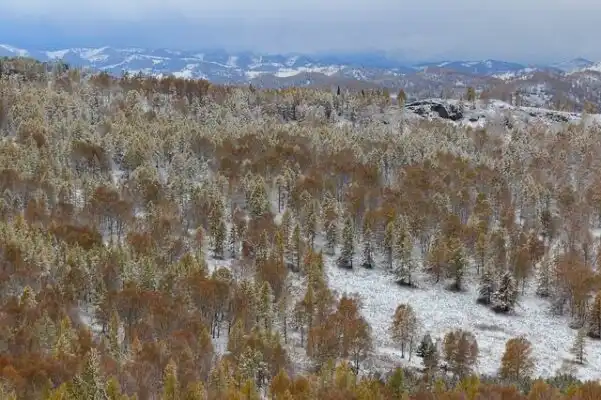
New research has made significant strides in understanding how coniferous forest ecosystems may respond to climatic changes. The study investigates the relationship between tree-ring indices (TRI) and the Normalized Difference Vegetation Index (NDVI) in the context of climate, topography, and soil conditions.
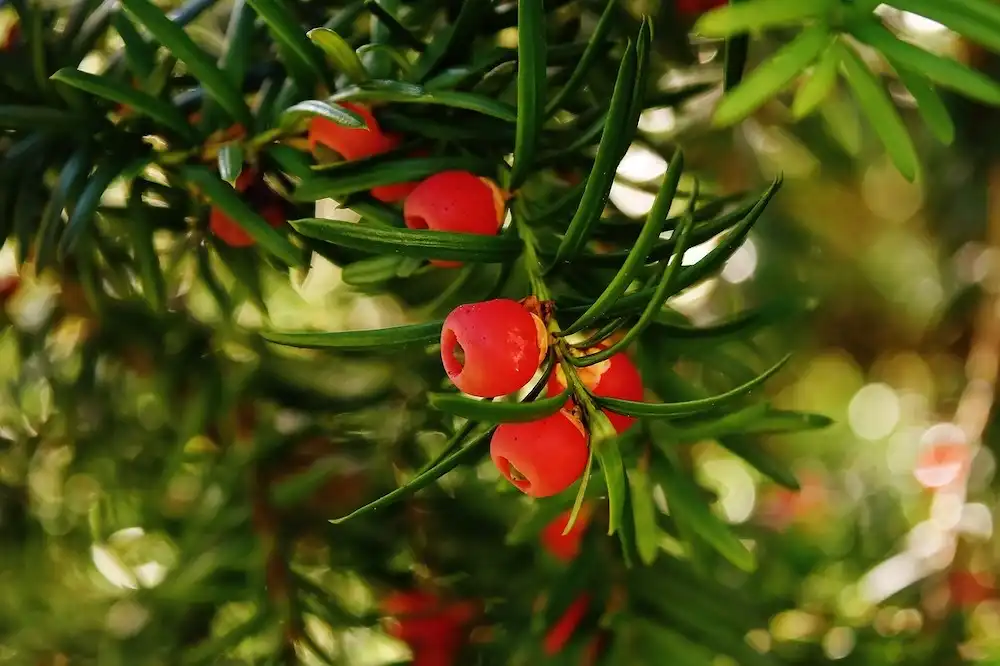
Part of modern cancer therapy is the use of chemicals that kill the tumor. Unfortunately, these chemicals are often very complex, difficult to obtain and thus expensive. Researchers have unravelled the biosynthetic pathway of paclitaxel in Yew plants. This discovery might facilitate the production of this very complex molecule which is currently produced with great efforts and high costs.

Plants emit odours for a variety of reasons, such as to communicate with each other, to deter herbivores or to respond to changing environmental conditions. An interdisciplinary team of researchers carried out a study to investigate how biodiversity influences the emission of these substances. For the first time, they were able to show that species-rich forests emit less of these gases into the atmosphere than monocultures.
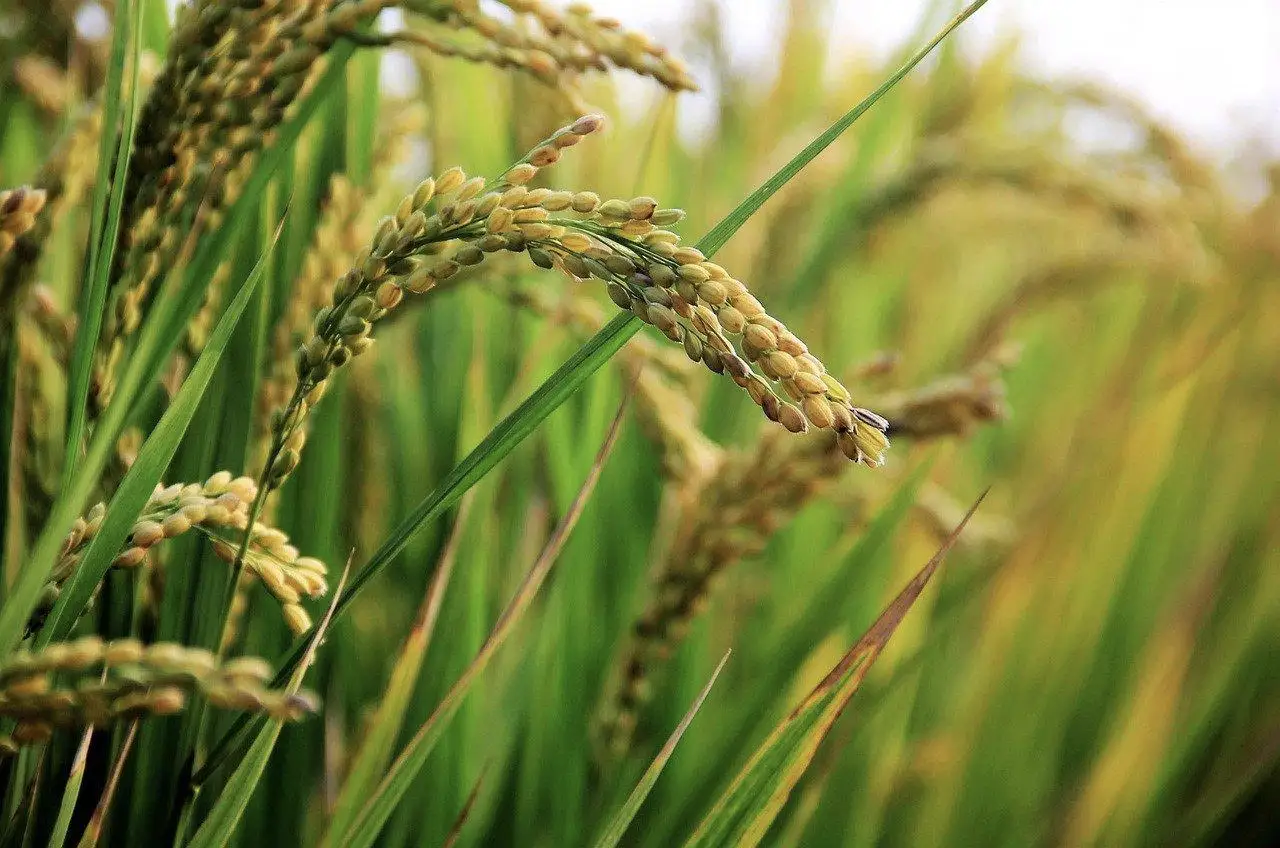
Rice, vital for global food security, faces production challenges during the heading-flowering stage. Traditional phenotyping struggles for large-scale analysis, prompting a shift to advanced computer vision and deep learning. While methods like SIFT and neural networks enhance rice panicle analysis, capturing dynamic growth necessitates merging field cameras with deep learning for precise, real-time monitoring.